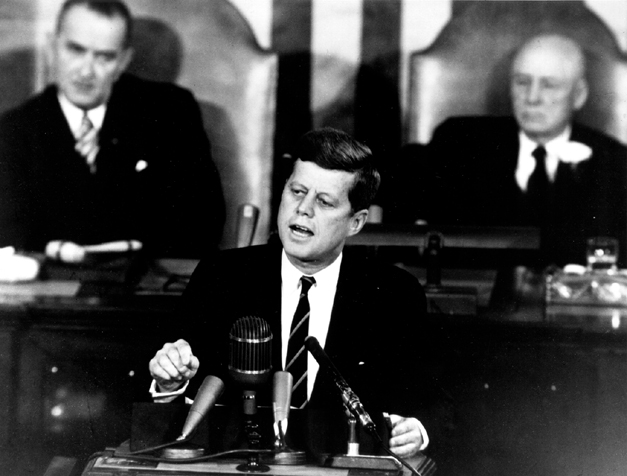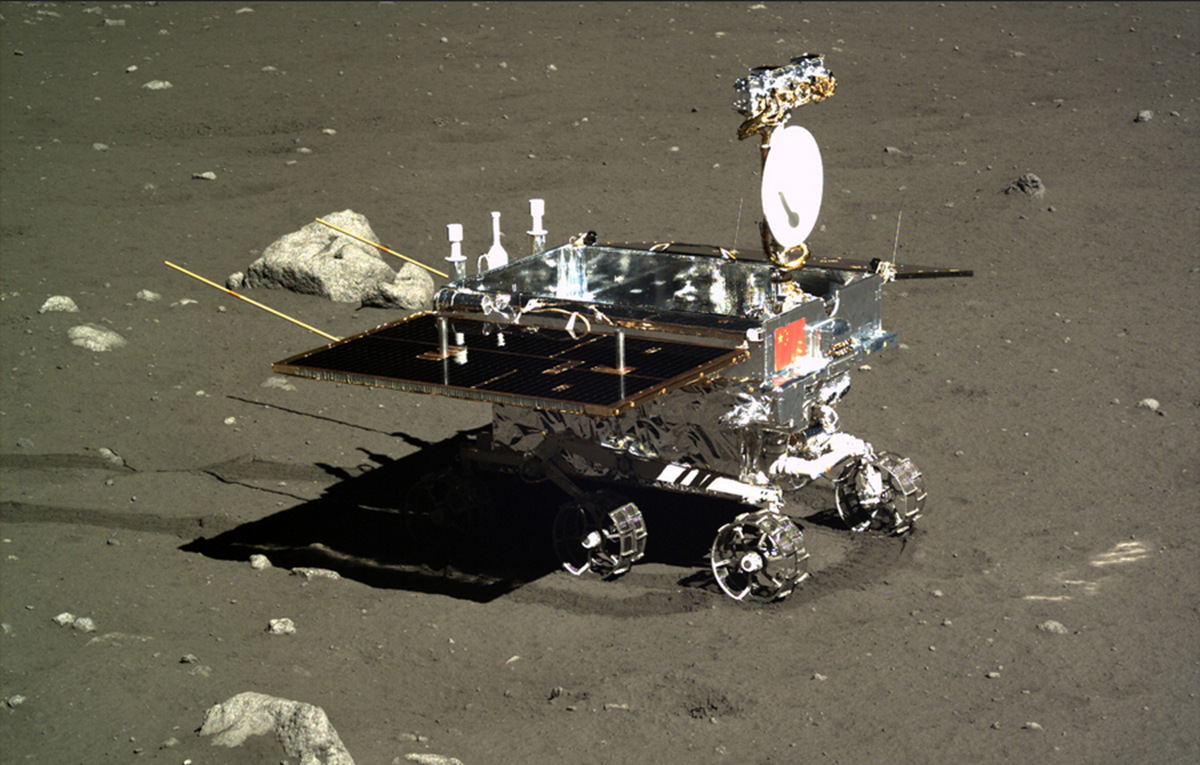Lunar timeline: humanity's explorations of the moon

The moon, Earth's closest celestial neighbor, has been an object of wonder and mystery since time immemorial.
Scientific missions over the centuries have peeled away layers of that mystery, but the moon continues to harbor many secrets. This timeline of humanity's exploration of the moon, provided by NASA, is not by any means comprehensive but does highlight some of the major milestones dating back four centuries:

1609: Hans Lippershey invented the telescope.
1610: Italian astronomer Galileo Galilei made the first telescopic observation of the moon.
1610: Thomas Harriot and Galileo Galilei drew the first telescopic representation of the moon.
1645: Michael Florent van Langren made the first map of the moon.
1647: Johannes Hevelius published the first treatise devoted to the moon.
1651: Giovanni Battista Riccioli named craters after philosophers and astronomers.
1753: Roger Joseph Boscovich proved the moon has no atmosphere.
1824: Franz von Gruithuisen thought craters were formed by meteor strikes.
1920: Robert Goddard suggested sending rockets to the moon.
1959: Soviet spacecraft Luna 2 reached the moon, impacting near the crater Autolycus.

1961: President John F. Kennedy proposed a manned lunar program.
1964: NASA's Ranger 7 produced the first close-up TV pictures of the lunar surface.
1966: Soviet spacecraft Luna 9 made the first soft landing on the moon.
1967: NASA's Lunar Orbiter missions completed photographic mapping of the moon.
1968: NASA's Apollo 8 made the first crewed flight to the moon, circling it 10 times before returning to Earth.
1969: The Apollo 11 mission made the first landing on the moon and returned samples.
1969: Apollo 12 made first precision landing on the the moon.
1972: Apollo 17 made the last crewed landing of the Apollo Program.
1976: Soviet Luna 24 returned the last sample to be returned from the moon for decades to come.
1990: NASA's Galileo spacecraft, on its way to Jupiter, obtained multispectral images of the western limb and part of the far side of the moon.
1994: NASA's Clementine mission conducted multispectral mapping of the moon.
1998: NASA's Lunar Prospector mission launched.
2007: Japanese SELENE (Kaguya) spacecraft launched.
2007: China's Chang'e 1 lunar orbiter launched.
2008: India's Chandrayaan 1 moon orbiter launched.
2009: NASA's Lunar Reconnaissance Orbiter launched along with the LCROSS probe which crashed into the moon, revealing water ice.
2010: China's Chang'e 2 lunar orbiter launched, taking photographs to prepare for future landings.
2011: NASA's Gravity Recovery and Interior Laboratory (GRAIL) mission mapped the moon's gravitational field in detail.
2013: NASA's Lunar Atmosphere and Dust Environment Explorer (LADEE) investigated the lunar atmosphere and dust.
2013: China's Chang'e 3 successfully landed a rover called Yutu that photographed the moon's surface.

2014: A test vehicle for the future Chang'e 5 mission launched and flew by the moon to demonstrate a strategy for lunar sample return.
2018: The Queqiao satellite took position to relay commands and data between the Chang'e 4 lander, scheduled to land on the far side of the moon, and Earth.
2018: The Chinese Chang'e 4 mission landed on the far side of the moon and began transmitting images.
2019: Israel's first moon lander, Beresheet, crashed into the moon's surface.
2019: Chandrayaan 2, India's second mission to the moon, launched. The rover appears to have crashed, but the orbiter is in operation.
2020: China's Chang'e 5 launched, landed on the moon, and returned with samples to Earth.
Coming in 2021
2021: NASA's Cislunar Autonomous Positioning System Technology Operations and Navigation Experiment (or CAPSTONE) cubesat is scheduled to launch via a Rocket Lab Electron rocket.
2021: Peregrine Mission 1, the first commercial lunar landing, is scheduled to launch. It will include Astrobotic's Peregrine lander and close to a dozen other NASA payloads like the Iris rover.
2021: Russia plans to launch Luna 25, a lander developed in collaboration with the ESA. (Luna-24 launched in 1976.)
2021: Intuitive Machines plans to land its Nova-C craft with private and NASA payloads.
2021: NASA plans to launch several cubesats via the Space Launch System rocket as part of the Artemis program to return astronauts to the moon. OMOTENASHI, Japan's first lunar lander, and a Japanese cubesat called EQUULEUS are expected to launch as part of this block as well.
This article was updated on Mar. 15, 2021 by Space.com Reference Editor Vicky Stein with new information about upcoming missions.
Follow us on Twitter @Spacedotcom and on Facebook.
Join our Space Forums to keep talking space on the latest missions, night sky and more! And if you have a news tip, correction or comment, let us know at: community@space.com.
Get the Space.com Newsletter
Breaking space news, the latest updates on rocket launches, skywatching events and more!

Space.com is the premier source of space exploration, innovation and astronomy news, chronicling (and celebrating) humanity's ongoing expansion across the final frontier. Originally founded in 1999, Space.com is, and always has been, the passion of writers and editors who are space fans and also trained journalists. Our current news team consists of Editor-in-Chief Tariq Malik; Editor Hanneke Weitering, Senior Space Writer Mike Wall; Senior Writer Meghan Bartels; Senior Writer Chelsea Gohd, Senior Writer Tereza Pultarova and Staff Writer Alexander Cox, focusing on e-commerce. Senior Producer Steve Spaleta oversees our space videos, with Diana Whitcroft as our Social Media Editor.










